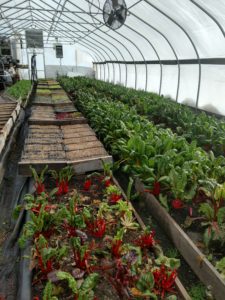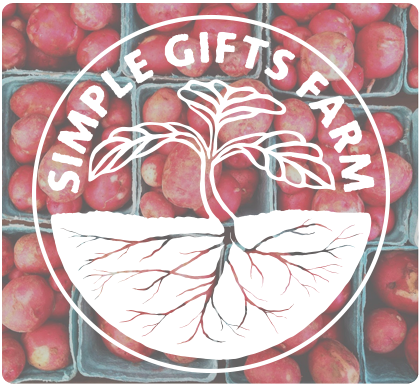
Let’s take a minute to marvel at the power of seeds. It’s not often that I stop to think about it, but when I do, I’m amazed. Here is this little, tiny, brown, dead-looking thing. And it has the information contained within it to grow a whole living organism. And not just any living organism, but it knows everything that it needs to know about how to be a Paul Robeson tomato as opposed to a Pruden’s Purple tomato. (let alone a tomato versus a lettuce). We can get all excited about our little thumb drives and pocket computers, and how the information can fit into smaller and smaller packages, but it seems that nature has already figured some things out about miniaturizing information. These brown dead things can sit on the shelf for years, just waiting. In fact, take them to Svalbard, and keep them dry and cold, and they might sit on the shelf for decades. And then add some water and some heat and some nice potting soil, and boom, they’re ready to be Red Wing onions, or a Picolino cucumbers, or maybe rutabagas or kohlrabi.
We have been spending a lot of time with seeds lately. I have finally gotten my crop planting schedule all together (we are using a nifty new crop planning program that is much more intuitive and easy to use than the old one), so I should be ready for my big seed order, where I sit down with my three or four favorite seed catalogs and try to figure out variety by variety which place has the best price in the size I need, and which one has an organic version, and maybe I should try this new variety. And then there’s this: our crew has been busy filling up the greenhouse with eggplant, onion, lettuce, scallion, fennel, leek, chard, and kale flats. Boom! Do your thing, seeds!

